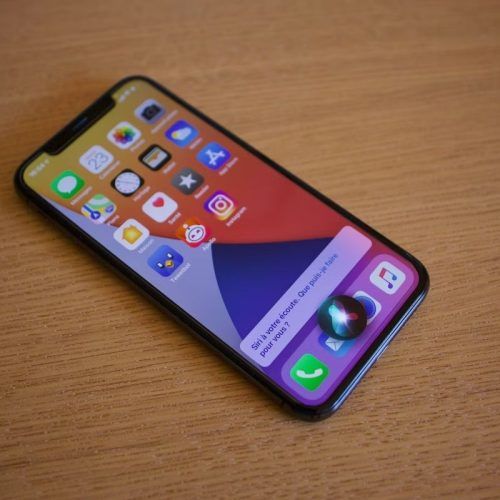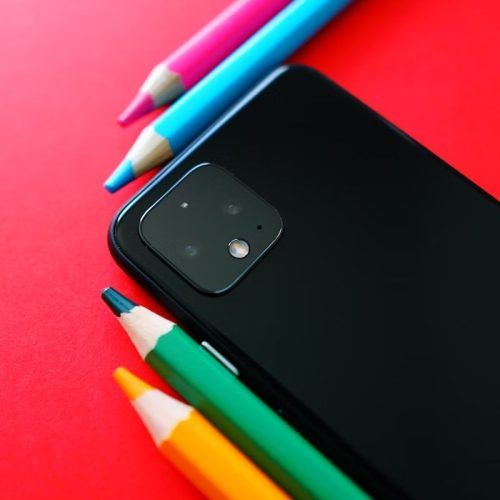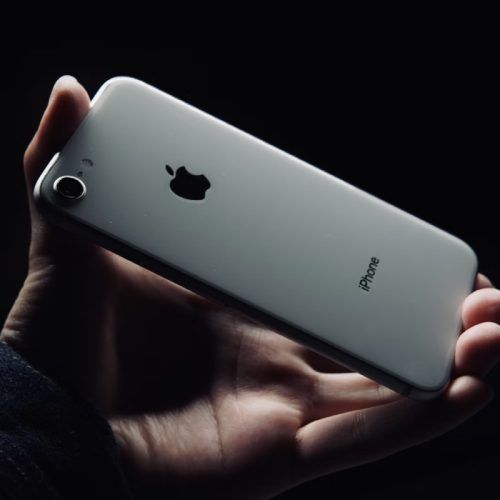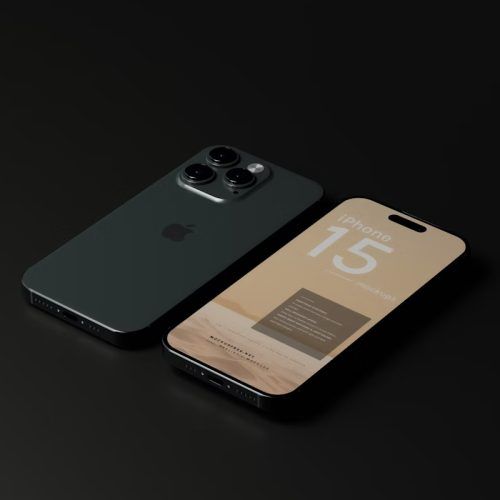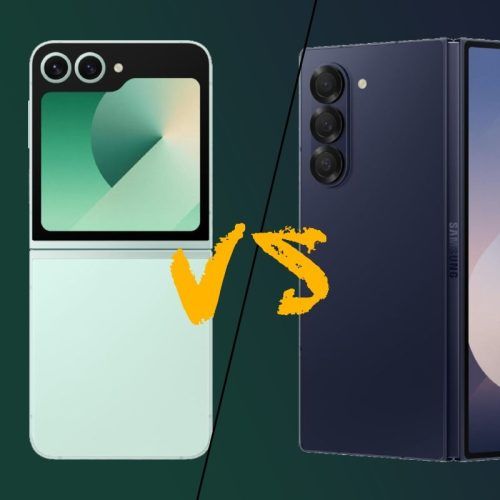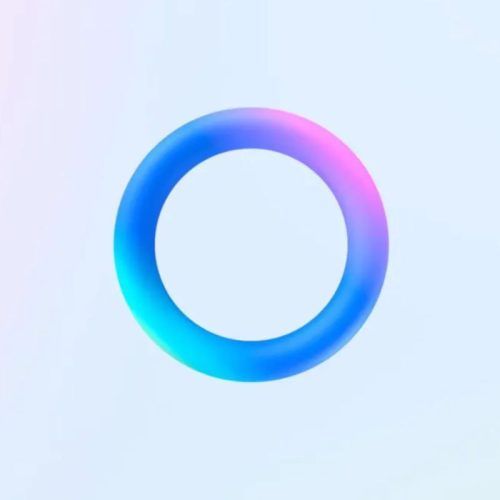Will we ever see an iPhone that folds in half? One that is SUPPOSED to? Ever since Samsung thrust itself into the foldable smartphone segment with the Galaxy Fold in 2019, the tech community has been looking at Apple to come up with its own alternative. A foldable iPhone has been the dream for many Apple fans around the world and despite Cupertino’s recent focus on augmented reality, the hope for a foldable iPhone remains.
But why don’t we have an iPhone that folds by now? Samsung has been going at it for years with the Galaxy Z lineup. The same can be said for Motorola which brought back the iconic Razr name for its flip-style phones with a folding display. Most Chinese-origin manufacturers like Oppo, Vivo, Huawei, OnePlus and Tecno have also showcased great progress.
So why haven’t we seen a foldable iPhone?
While Tim Cook and his team of geniuses are reluctant to speak up on that front, we decided to explore all the rumours and information from industry insiders. After all, the foldable phone segment is growing at a reasonable pace. Apple won’t miss the opportunity to enter the segment and make a mark, especially if it plans to eventually phase out the smartphone with future iterations of the Vision Pro augmented reality headset.
So on that note, we decided to look at all the rumours surrounding Apple’s plans for a foldable iPhone and chart out possibilities of what it could be like.
A foldable iPhone: What do we know so far?
While rumours about a foldable iPhone have been doing the rounds for years now, Apple has chosen to stay mum on the matter. Some have even speculated that Apple could skip the foldable phone bandwagon entirely and directly jump to a future dominated by augmented reality headsets.

While an initial report from TrendForce predicted plans for a foldable iPhone by 2027, new leads from industry insiders now suggest an earlier arrival of the iPhone Fold, probably by 2026!

Samsung Galaxy Z Flip 6 vs Galaxy Z Fold 6: Which 2024 Foldable Comes Out On Top?

Vivo X Fold 3 Pro vs OnePlus Open: Which Foldable Flagship Gives You More Bang For Your Buck?
A recent story from The Information suggests that Apple has internally settled for a flip-style design for its first foldable iPhone and has moved the discussion with suppliers to the next stage. The key intention is to get rid of the display crease that comes with foldable phones as a package, something which Apple is highly concerned about.
One of the biggest issues plaguing the current generation of folding phones is the crease, which tends to obstruct the user experience while scrolling. Most manufacturers have tried to reduce the crease by opting for tear-drop shape hinge systems and better quality Ultra Thin Glass (UTG). Although recent implementations from Samsung and Oppo have managed to reduce the crease to a large extent, it is still visible on current foldable devices. Apple is waiting for its vendors to overcome the issue of the crease and come up with a folding OLED panel that leaves a negligible crease behind.
Then there’s the issue of reliability. Despite the recent advancements made by Samsung to make durable hinges with some degree of water repellency and stronger protection, foldable phones are still vulnerable. Consumer forums are full of complaints regarding damages to the flexible OLED panel from extreme temperature variations as well as general wear and tear. Apple knows about these issues and wants to eradicate them before releasing its first foldable iPhone.
But why a Galaxy Z Flip 6-style iPhone?

A flip-style iPhone will play right into the alley of Apple’s efforts to make the smartphone more handy and comfortable.
It’s important to note that Apple’s previous attempts to make a miniaturised version of the iPhone – the iPhone 12 Mini and iPhone 13 Mini – weren’t well received owing to the cramped display and sub-par battery life. A flip-style iPhone would fulfil Apple’s intentions of a compact iPhone without compromising on the display size and battery capacity. It would also address the familiarity factor for long-time iPhone loyalists. Simultaneously, it could give Samsung’s Galaxy Z Flip and Motorola’s Razr flip phones a run for their money.
Having said that, a book-style foldable phone is usually the best way for any manufacturer to mark their arrival in the foldable phones segment. Brands like Samsung, Huawei, Honor, Vivo, Oppo and OnePlus are considered to be prominent players in the segment whereas Motorola, which stuck with the flip phone formula, doesn’t sit that high on a buyer’s list.
Hence, while a book-style folding iPhone seems like the appropriate choice for a behemoth like Apple to announce its arrival in this highly competitive segment, a flip-style iPhone will be more irresistible.
When could the foldable iPhone launch?
Although initial rumours hinted at the first foldable iPhone releasing by 2024, the collection of leaks and rumours for the iPhone 16 series suggests otherwise. Based on the updated estimates from industry insiders, a foldable iPhone is now likely to happen by 2027 – three years after Samsung drops its sixth generation of flip and fold smartphones.
The possibility of a 2027 release seems to give Apple an ample buffer period for reconsidering its decisions vis-à-vis the foldable iPhone, especially if its augmented reality gamble pays off. Apple still wants its Vision Pro headset to pick up momentum and end up replacing the iPhone as the future of mobile connectivity.
Will Apple dethrone Samsung at its own game?

If rumours are to be believed, Apple’s entry into the foldable phones space will be set eight years after Samsung debuted its first commercial foldable smartphone, the Galaxy Fold. As a result, Apple will have a lot of catching up to do, especially considering Samsung’s rapid prowess in this category.
Samsung is currently dictating the trends in the foldable phone business and despite the increased competition, it continues to command a lead as far as market share is concerned. Samsung’s focus on adapting its software for foldable hardware has paid dividends, especially after its partnership with Google to better tailor Android for folding devices. The brand’s greater control over the economics of scale may even spawn more affordable variants of its foldable phones under the Galaxy FE series.
On the other hand, while Apple has the advantage of a larger user base in Western countries, dethroning Samsung from the top of the foldable phones segment is an uphill task.
As the foldable iPhone will arrive too late in the game, it’s up to Apple to have an ace up its sleeves that can help sway its massive iPhone fanbase to upgrade to an iPhone that folds (and not like the controversial iPhone 6 did).

Are Foldable Apple Phones And MacBooks Closer To Being A Reality? We Have Some Updates

Everything We Know About The Upcoming Samsung Galaxy Z Fold 6 Including Its Specs
(Hero and Featured Image Credits: Courtesy Daniel Romero via Unsplash)




